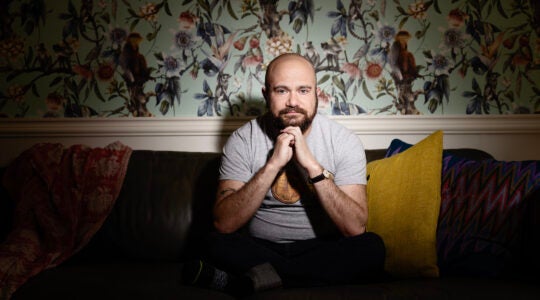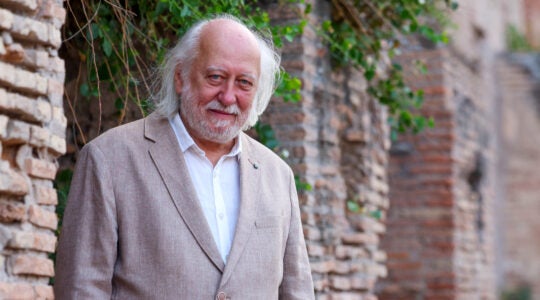, or Judeo-Spanish, is a combination of Hebrew, Aramaic, and Spanish. When the estimated 300,000 Spanish Jews were exiled from Spain in 1492, they carried this language with them. Today Ladino is spoken on a daily basis by fewer than 100,000 people, earning it a spot on UNESCO’s list of endangered languages.
But according to Columbia College professor and Ladino expert Aviya Kushner on MyJewishLearning, the Ladino language is currently encountering a renaissance. New bands are composing and playing songs in Ladino, attracting throngs of fans and critical admiration. Me’am Loez, a Ladino commentary on the Torah, is widely printed and studied, and Jews with proficiency in both Hebrew and Spanish are learning the untranslated original.
A Ladino nonprofit, NameYourRoots.com, attempts to reach out to Anusim, or crypto-Jews, whose ancestors may have converted to Christianity –and to help them rediscover their heritage. This organization links people to Ladino language classes and spreads Ladino culture. It might not bring back Ladino in the numbers of its golden age…but it’s a fascinating effort to reconnect to a culture that’s been long neglected by much of the Jewish world.
JTA has documented Jewish history in real-time for over a century. Keep our journalism strong by joining us in supporting independent, award-winning reporting.





